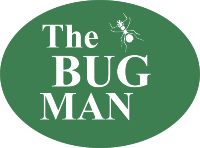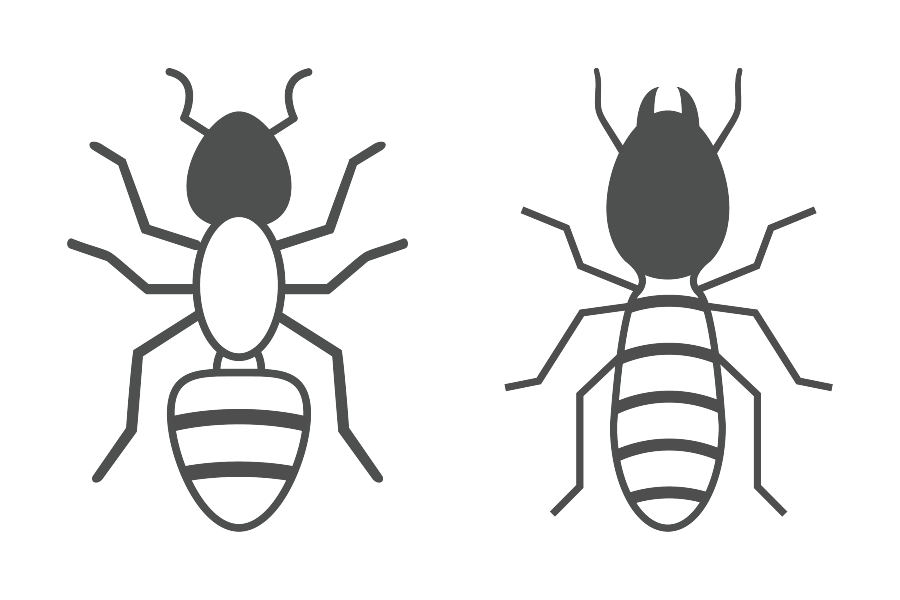Tell me folks, is it ant season or termite season?
“Duck season!”
“Rabbit season!”
“Duck season!”
“Rabbit season”
Remember Looney Toons? Bugs Bunny and Daffy Duck used to argue back and forth about which hunting season it was. And ol’ Elmer Fudd was befuddled by all of the crazy commotion.
Similar to Bugs and Daffy, it’s the time of year where you could find yourself saying:
“Ant season!”
“Termite season!”
“Ant season!”
“Termite season!”
In our previous blog, we talked about how ant-like bugs swarming in your house can actually be termites. To help you identify termites easier, check out the information below:
* Winged ants have two pairs of wings. The front pair is larger than the hind pair. Termite wings are the same shape and size.
* Ants have antennae that appear to have elbows. Termites have short, straight, beaded antennae.
* Ants have long, segmented bodies. Termites have short, stubby bodies.
* Both pests vary in size and color.


